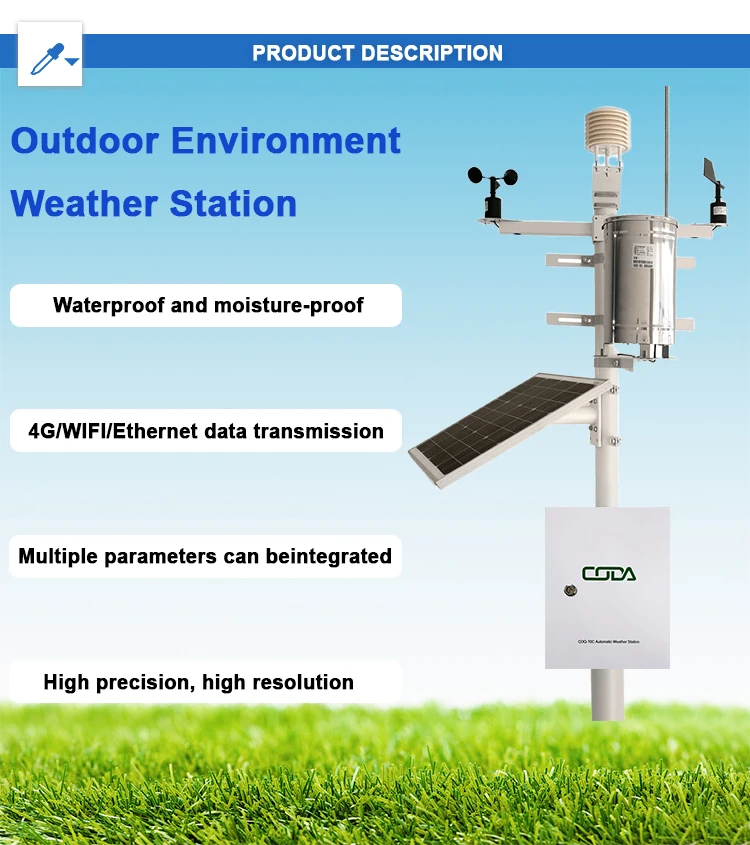Advantages and Disadvantages of Automatic Weather Stations

# Advantages and Disadvantages of Automatic Weather Stations
## Introduction
Automatic Weather Stations (AWS) have revolutionized the way we collect and analyze meteorological data. These self-contained systems provide continuous weather monitoring without the need for constant human intervention. While AWS offer numerous benefits, they also come with certain limitations that users should consider.
## Advantages of Automatic Weather Stations
### 1. Continuous Data Collection
One of the primary advantages of AWS is their ability to collect data 24/7 without interruption. Unlike manual weather stations that require human observers, automatic systems can operate continuously, providing a more comprehensive dataset.
### 2. High Accuracy and Precision
Modern AWS are equipped with sophisticated sensors that deliver highly accurate measurements. These systems minimize human error and can detect subtle changes in weather conditions that might be missed by manual observations.
### 3. Remote Monitoring Capabilities
Automatic weather stations can transmit data in real-time to remote locations, making them ideal for monitoring weather in inaccessible areas. This feature is particularly valuable for:
- Mountainous regions
- Offshore locations
- Polar research stations
### 4. Cost-Effectiveness in the Long Run
While the initial investment in an AWS might be significant, these systems often prove more cost-effective than manual stations over time. They reduce labor costs and can operate for extended periods with minimal maintenance.
### 5. Standardized Data Collection
AWS provide consistent data collection methods, eliminating variations that might occur with different human observers. This standardization improves the reliability of weather records and facilitates better comparison between different locations.
## Disadvantages of Automatic Weather Stations
### 1. High Initial Costs
The sophisticated technology in AWS comes with a substantial price tag. The cost of equipment, installation, and setup can be prohibitive for some organizations or developing regions.
### 2. Maintenance Requirements
While AWS require less human intervention than manual stations, they still need regular maintenance:
- Sensor calibration
- Power system checks
- Data transmission verification
### 3. Vulnerability to Environmental Factors
Automatic weather stations can be affected by extreme weather conditions that might damage sensitive equipment. Factors like:
- Lightning strikes
- Heavy snowfall
- Dust accumulation
can compromise data quality or lead to system failure.
### 4. Limited Flexibility
Unlike human observers who can note unusual weather phenomena, AWS are limited to measuring only the parameters they’re programmed to detect. They might miss:
- Visual observations (cloud formations, unusual weather events)
- Subjective assessments (visibility estimates)
### 5. Power Dependency
Most AWS rely on consistent power sources, whether from batteries, solar panels, or grid connections. Power failures can lead to data gaps, especially in remote locations where maintenance visits are infrequent.
## Conclusion
Automatic Weather Stations represent a significant advancement in meteorological data collection, offering numerous advantages in terms of continuous operation, accuracy, and remote monitoring capabilities. However, their high initial costs, maintenance requirements, and certain operational limitations must be carefully considered when implementing these systems. The choice between automatic and manual weather stations ultimately depends on the specific requirements, budget, and environmental conditions of each application.
